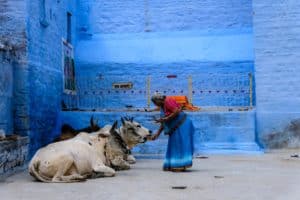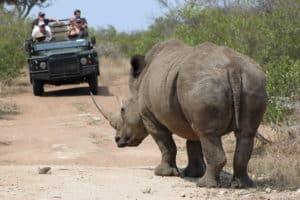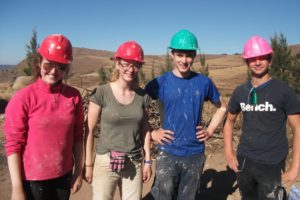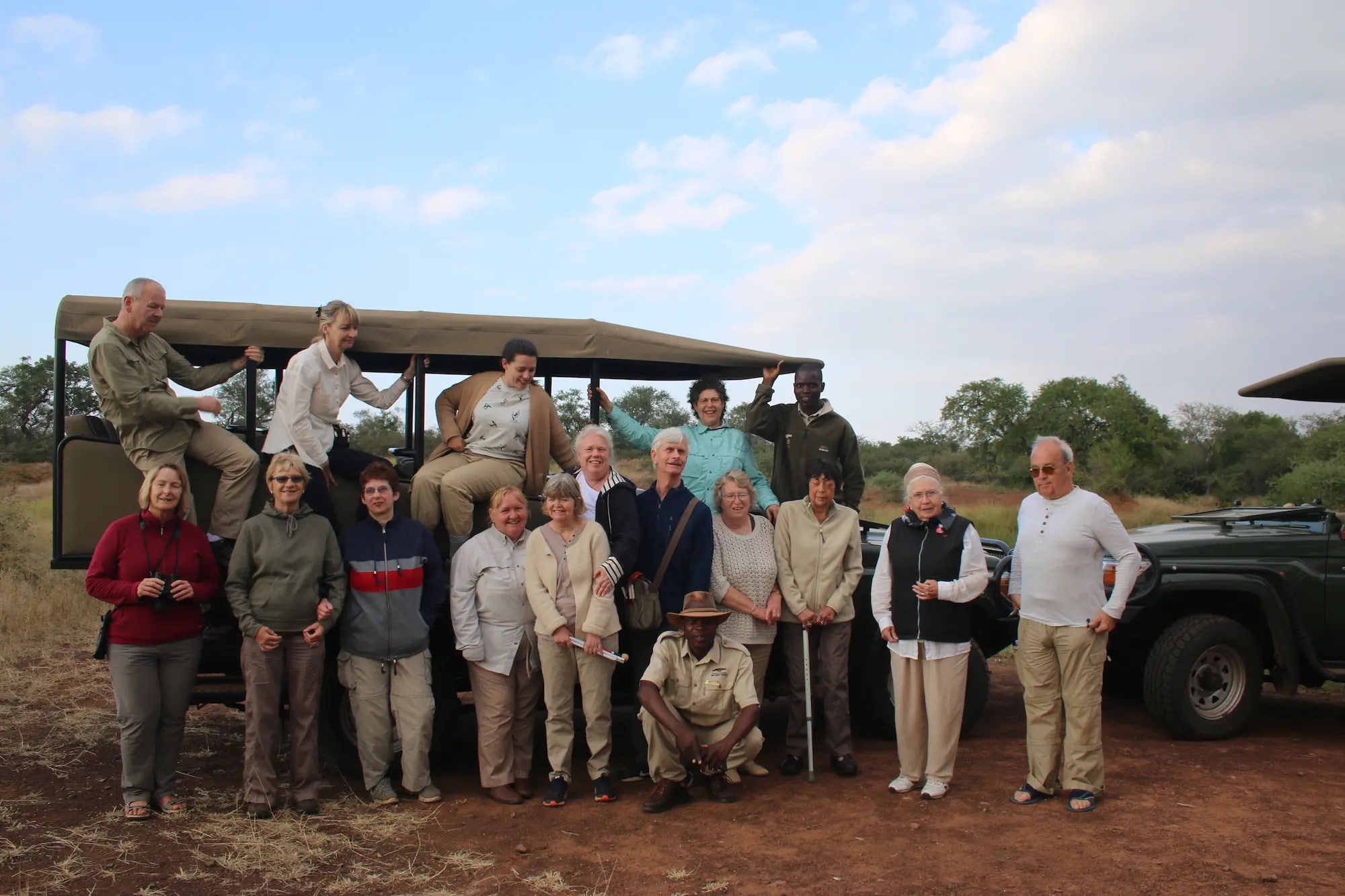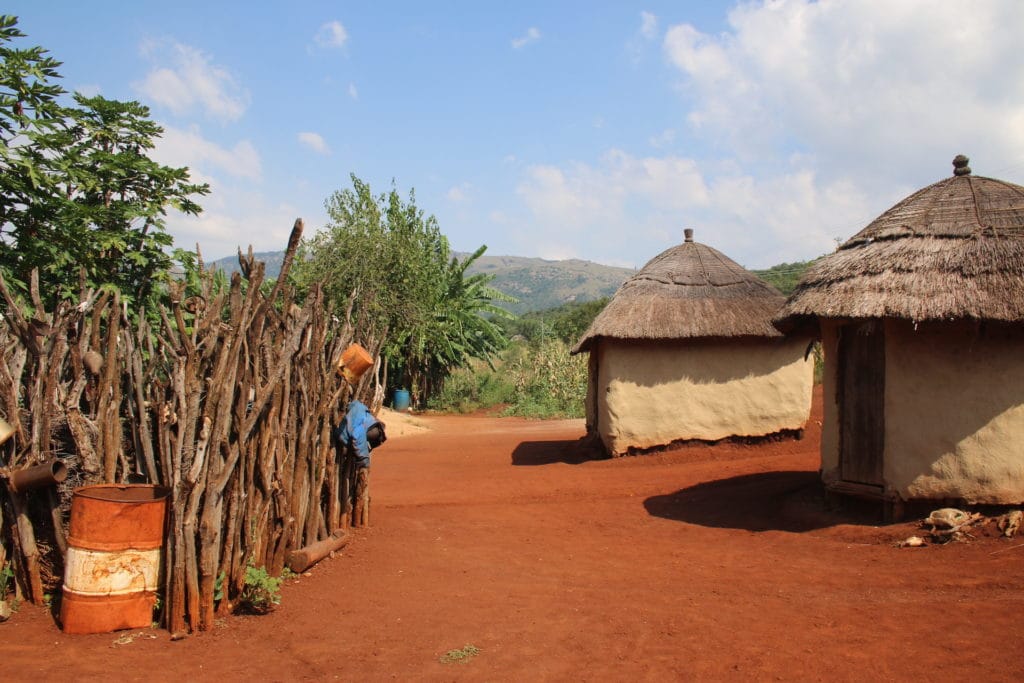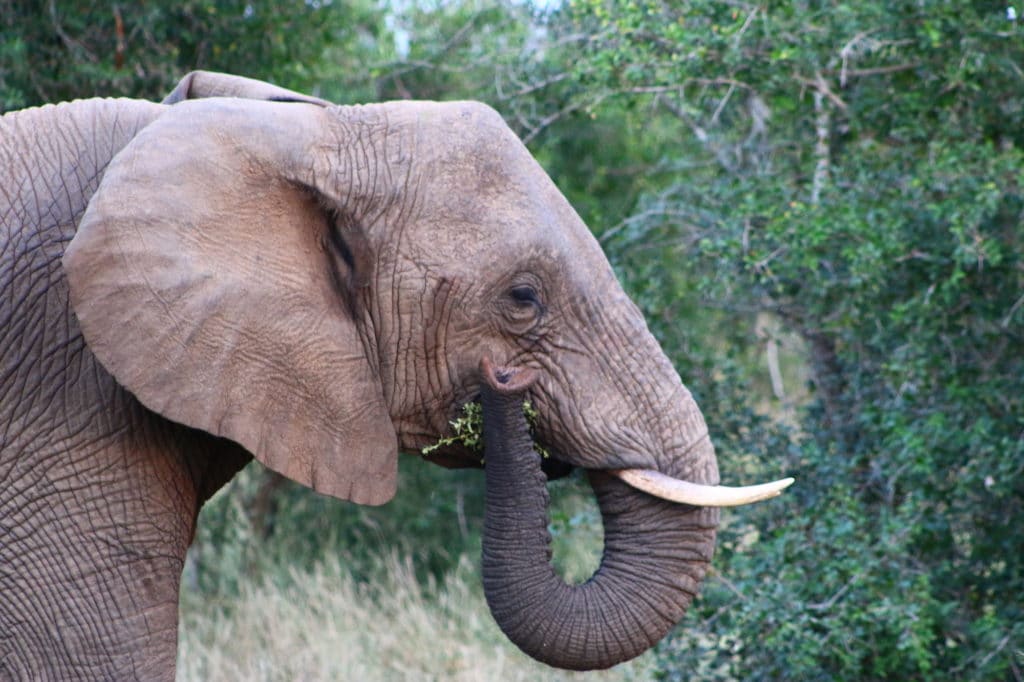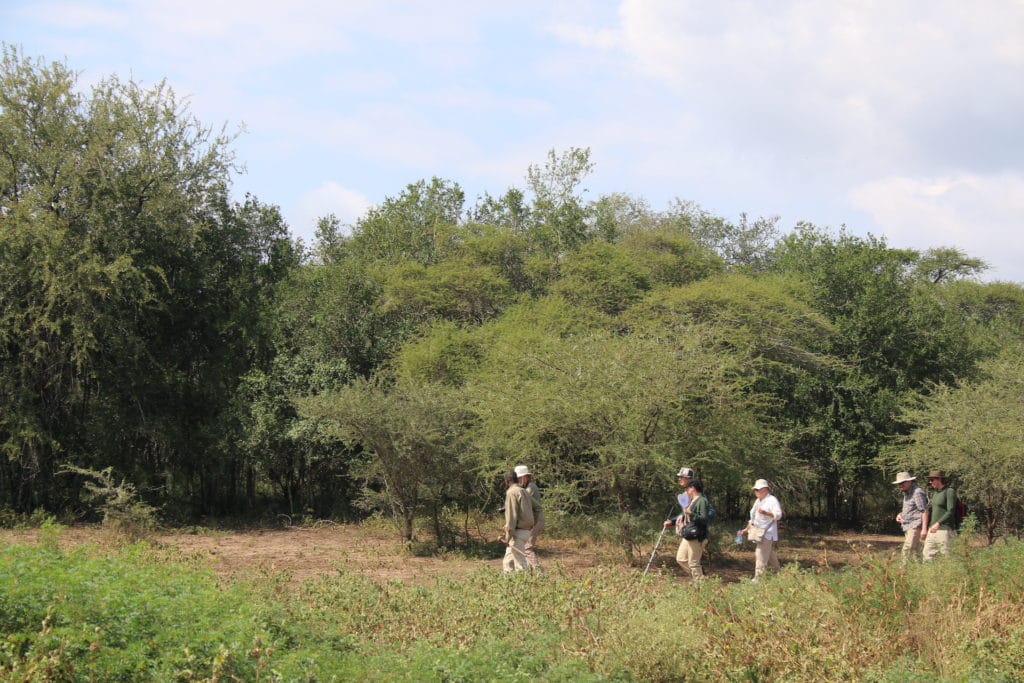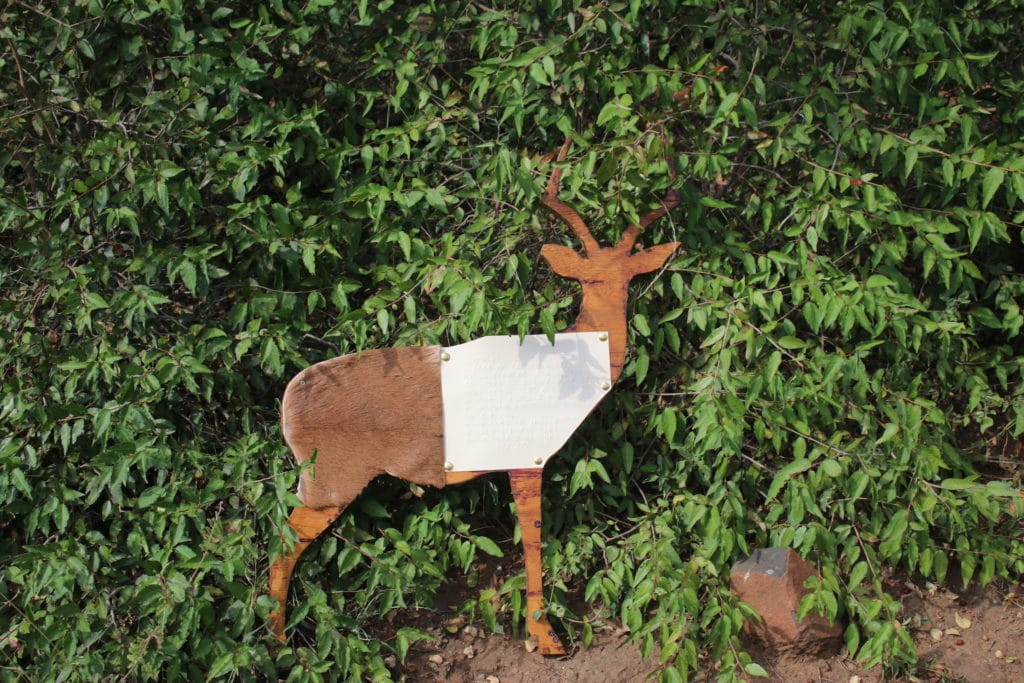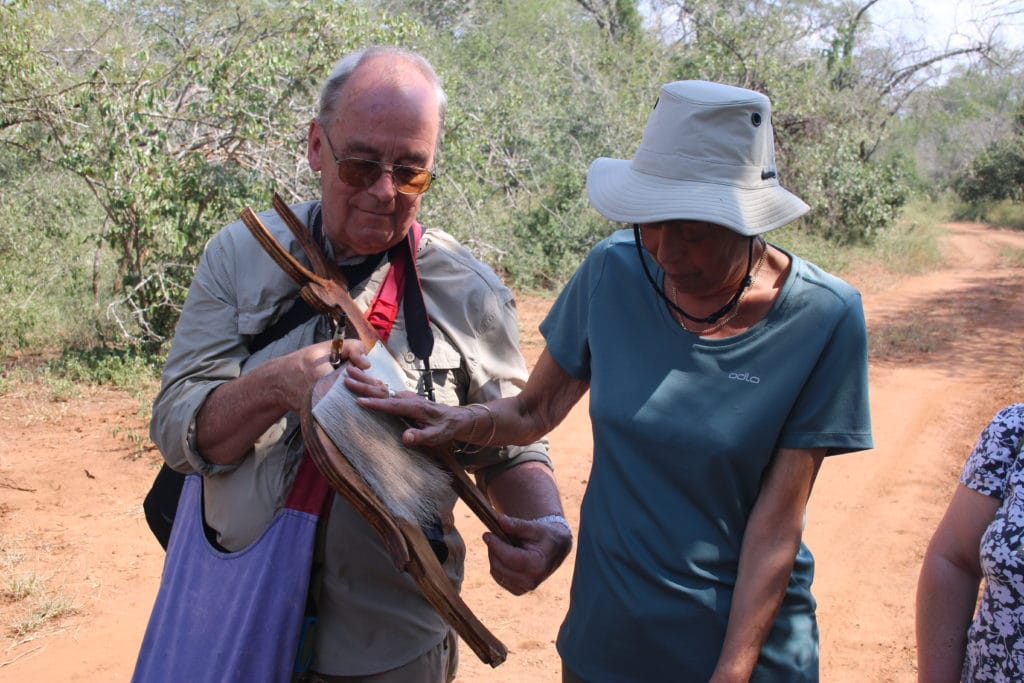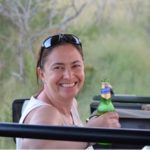A safari for the blind? I still see confused faces as I say that I take visually impaired (VI) people on safari. Even the VI say that many of their friends who have sight issues don’t want to come on safari. Taking blind people on safari? Don’t be so ridiculous. Surely it is a visually dominated experience? Admittedly I didn’t fully get it myself until I led a trip for the visually impaired with Traveleyes to Eswatini in 2016. Here are my experiences on a safari for the blind.
An Adventure Safari for the Blind
Early in our trip we visited a local homestead, went on a boat ride, and took an exclusive trip around Ngwenya Glass factory. Here the visually impaired blew glass, listened to traditional singing and drumming, tasted traditional food and felt how local baskets were woven for export all over the world.
Later we would try horse riding, visit a Swazi candles workshop to feel how elephants were sculpted out of wax. On top of that we had a visit to a Sangoma healer to see the traditional bone throwing ceremony, and a local school to visit. But one of the highlight of our trip was going on safari at Hlane Royal National Park.
The staff at Hlane excelled themselves, and they really went to to town on the sensory walking safari. I think that everyone was wondering how they could top the safari we had had the previous evening; we had been seen off by a young bull elephant who had trumpeted at us for being in his area. Everyone had been talking about it that evening around the fire.
We had also had five lions walk right by our vehicles and we could all hear the rumbling and growling of the younger lions. It had been a mouth wide open experience for everyone. Joy was so close to the lion she was concerned she might look like a delicious chop…
On Safari Without Seeing
Later in our trip, we went on a walking safari. We started at Malindza dam, where we were met with a fantastic array of sounds. The dam reservoir was filled with honking Egyptian geese and the gentle tinking of the blacksmith lapwings, so called because their call sounds like a blacksmith hitting his anvil. Noisy Hadida ibis called over head as we approached the dam. A croc silently baked in the mud opposite. A great start of our safari, especially for our visually impaired and blind guests.
Sonnyboy, our guide for the day, took us around the dam and we stopped at various points of interest along the way; we picked wild mint to smell (also used as in insect repellant), handled impala poo (only the dry stuff) and felt animal prints in the baked earth. But what was exceptional were the notice boards that Hlane had specifically done for the guests. Wooden cut outs of numerous animals such as wildebeest, giraffe, zebra and a host of antelope, each with the relevant skin attach to the board. There was also a braille description about each animal.
It was fascinating to watch the VIs feel the shape of each animal and to also feel the relevant animal skin. The braille information was attached and we all listened as Jane read the information to us. Sonnyboy had written the descriptions and his face lit up when each one was read. I realised that he had had no way of checking that the information that he had been given was correct. It was rewarding for him, and surprising, that it was what he had asked for! I suspect that Sonnyboy was amazed that Jane could discern his information from a bunch of raised dots, as was I. It was wonderful to watch.
A Sensory Experience
After the safari, Ann Reilly came to chat to us about the history of conservation in Eswatini. She answered lots of questions about the parks and the future of National Parks in the Kingdom. This was followed by skull and horn interactions where we could all touch and feel the skulls and have a guess at which skull belonged to which animal. Everyone was amazed at how large a rhino skull actually was!
At the end of day everyone felt as if they had had the complete sensory experience on safari in Hlane. Especially after eating impala stir fry! I can honestly say that I love these trips. It makes you realise that seeing the animals is not the key to going on safari. It is the smell, the sounds and the touch as well.
Who said that a safari is just for seeing?
